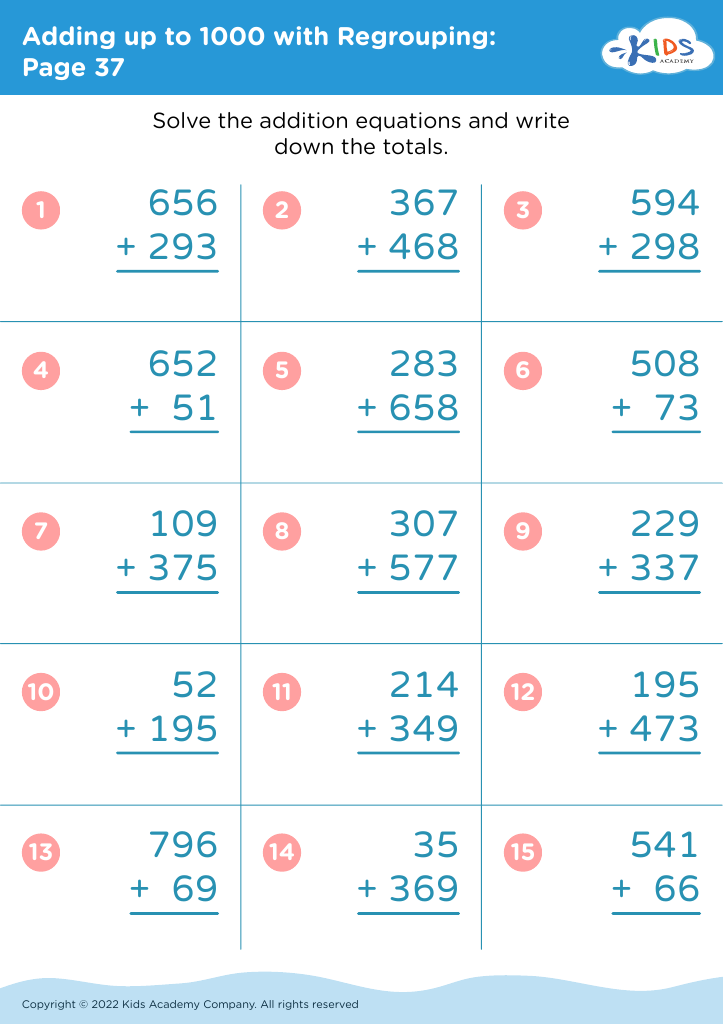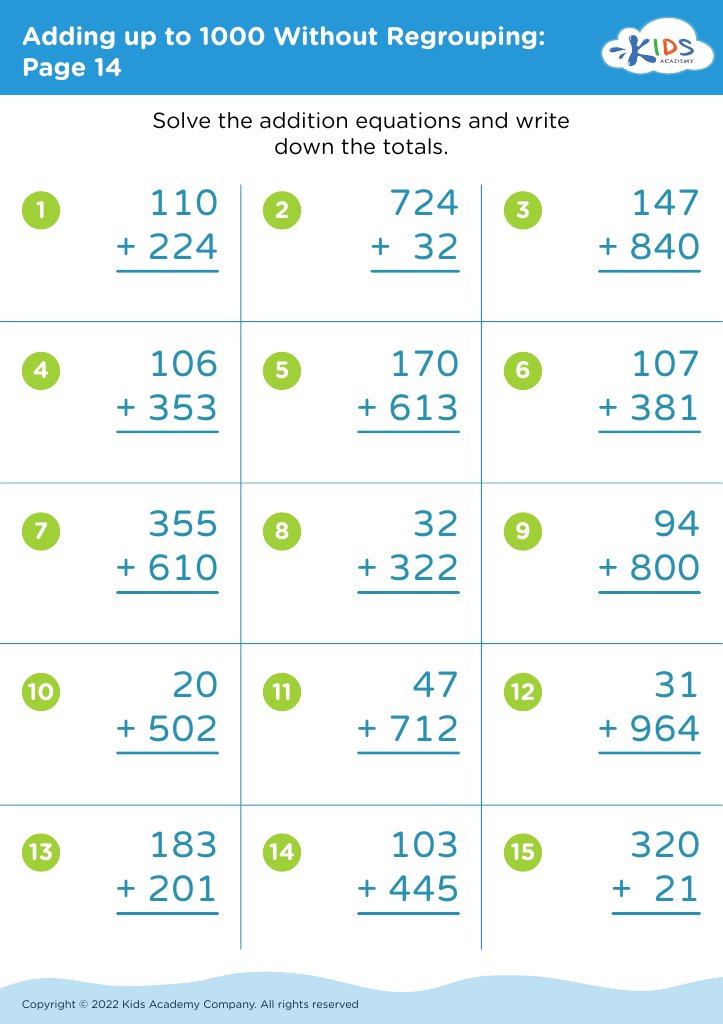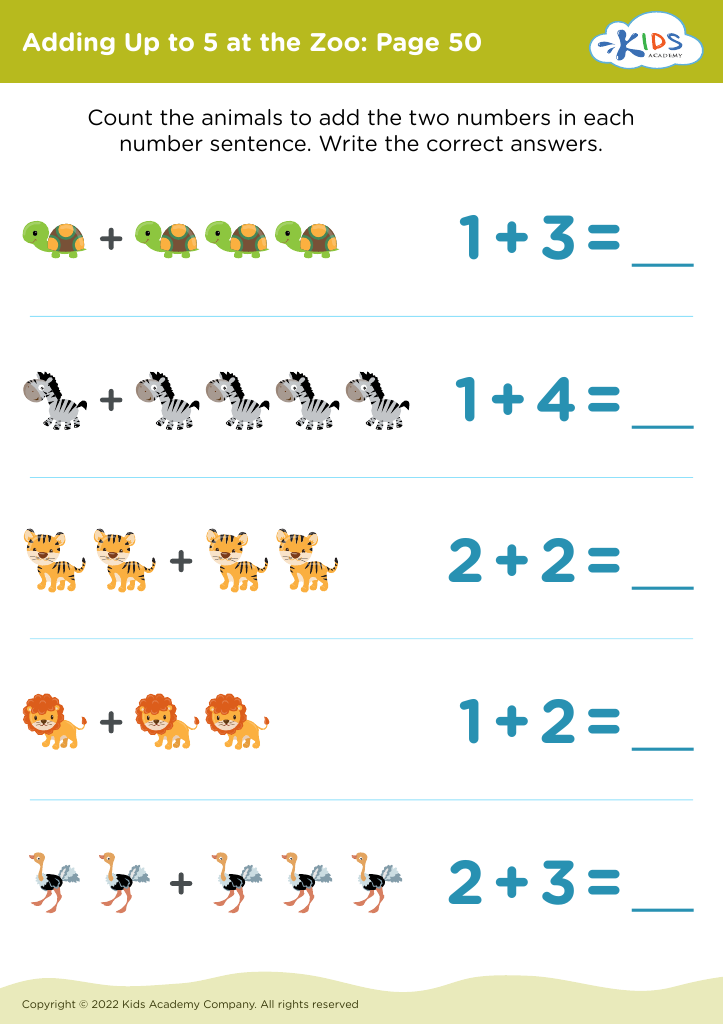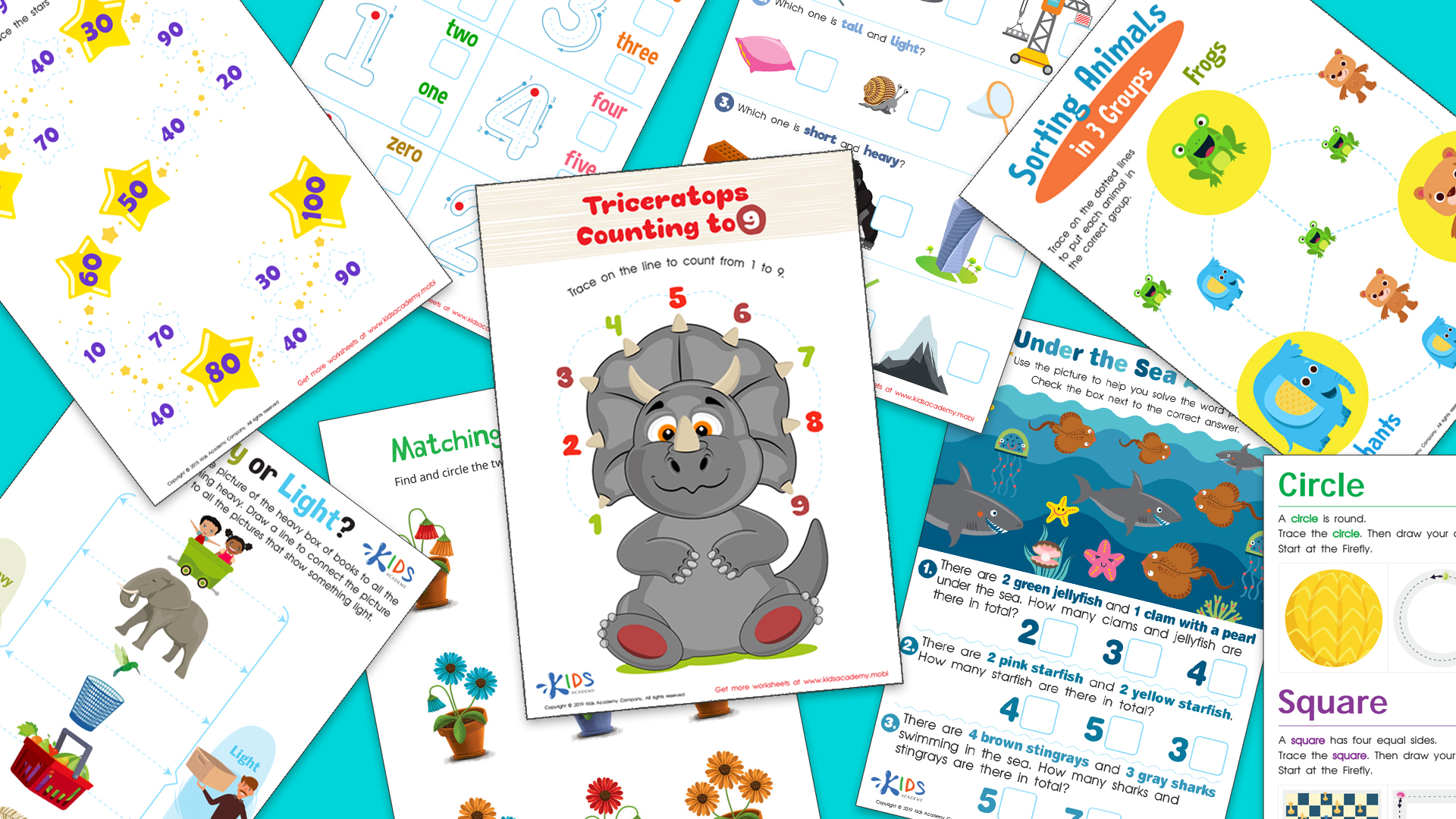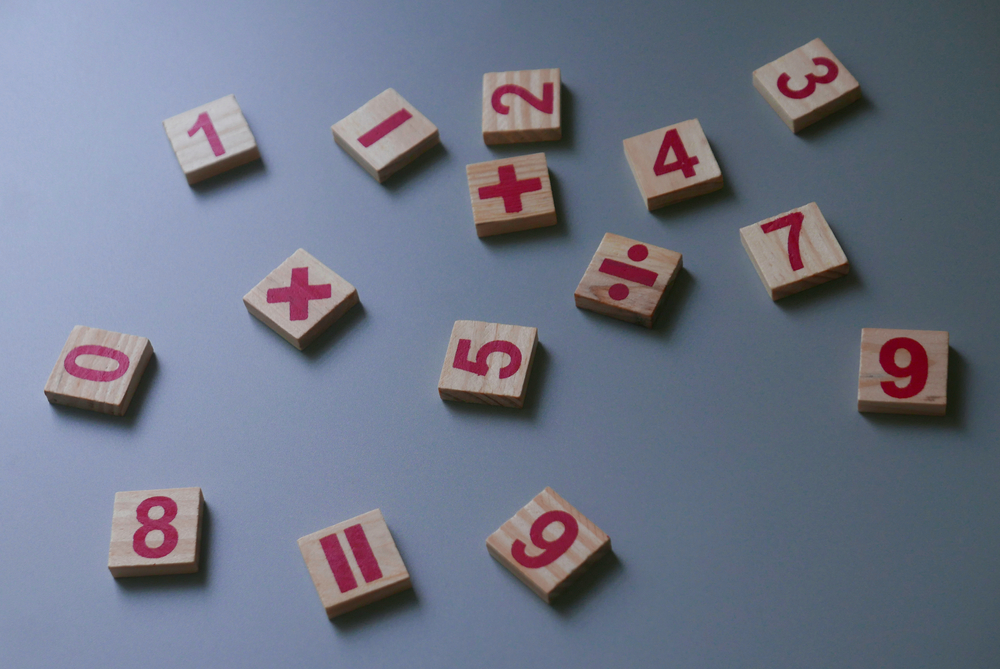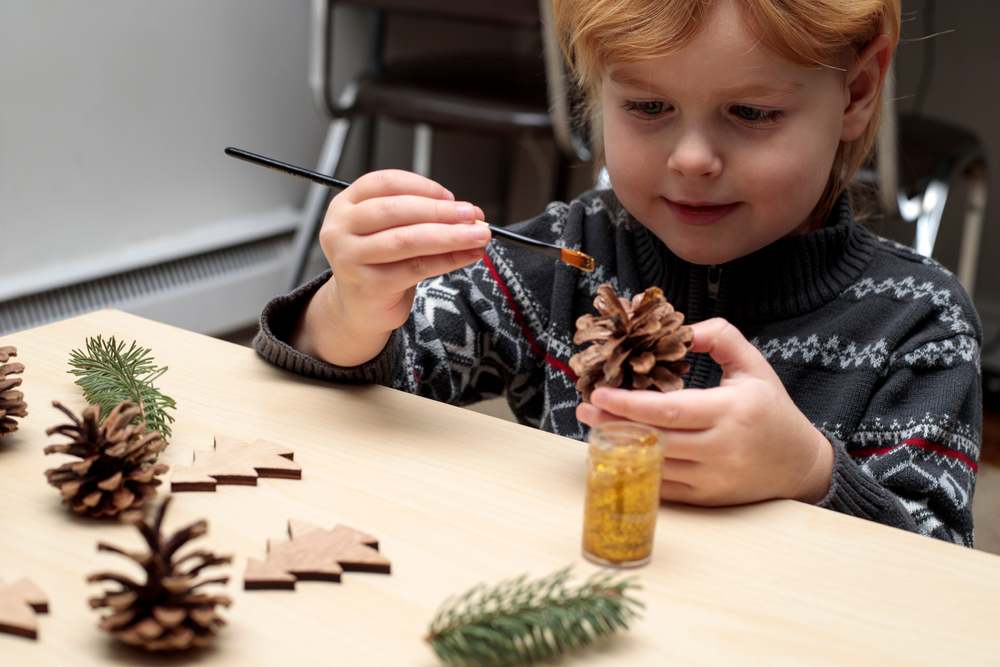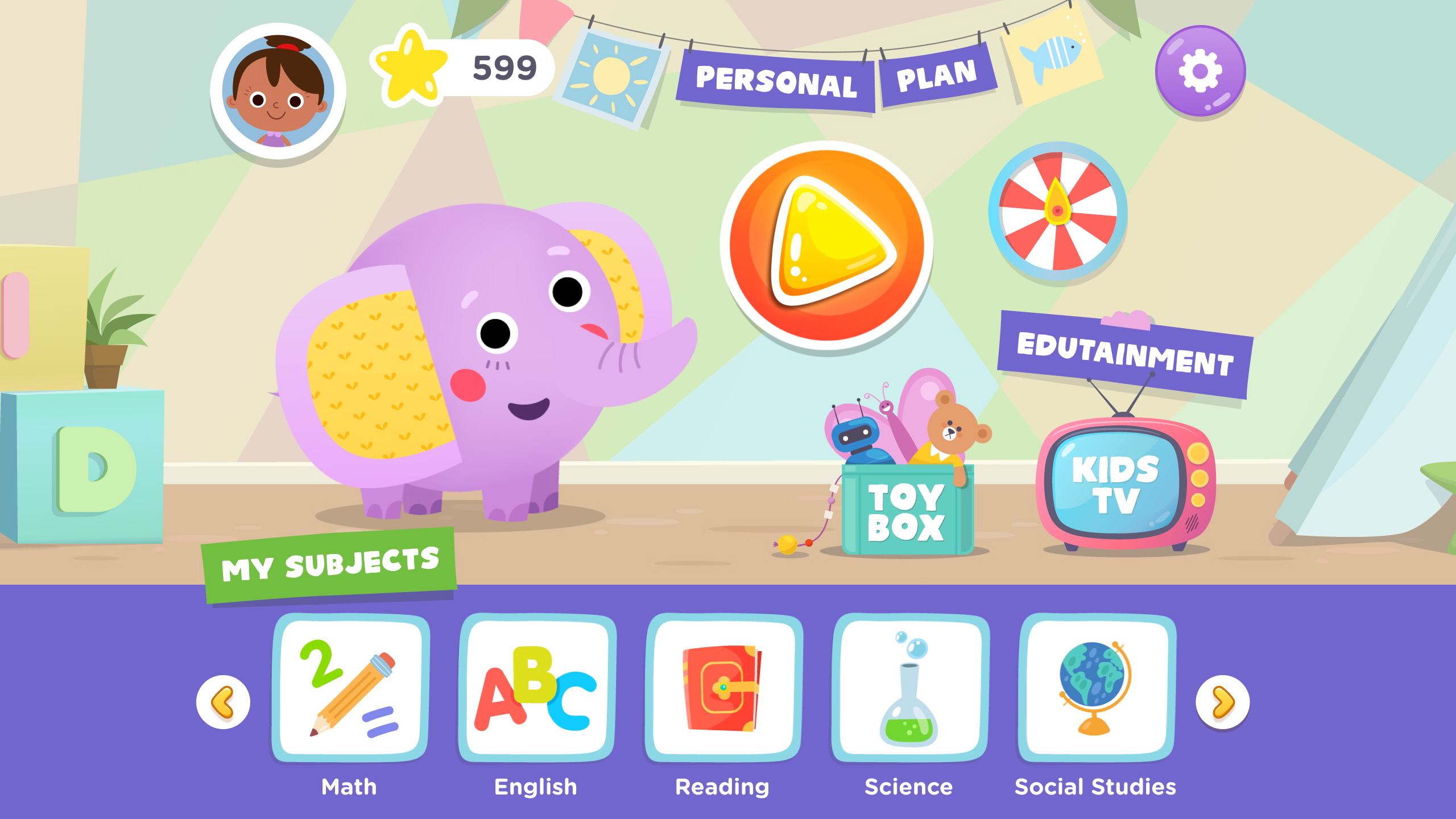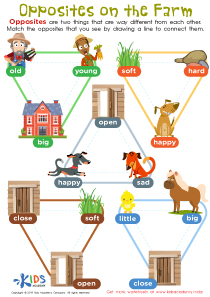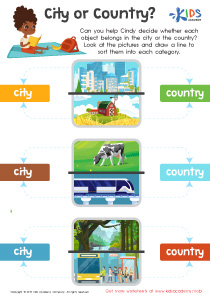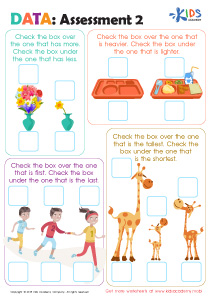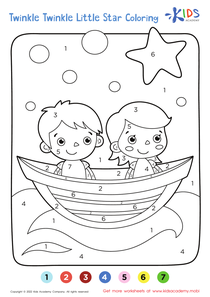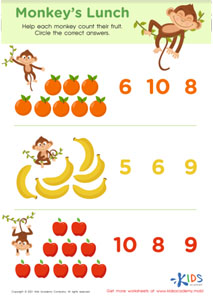Fine motor skills development Math Worksheets for Ages 3-8
8 filtered results
-
From - To
Discover an engaging collection of fine motor skills development math worksheets designed for children ages 3-8. These worksheets combine crucial math concepts with fun, hands-on activities that promote dexterity, hand-eye coordination, and problem-solving skills. Perfectly tailored to enhance early mathematical understanding, our resources offer colorful designs and creative exercises that keep young learners motivated. From counting and sorting to basic addition and subtraction, each worksheet fosters a love for learning while building essential motor skills. Explore our worksheets today to support your child's growth in both math and fine motor capabilities, ensuring a solid foundation for future academic success!
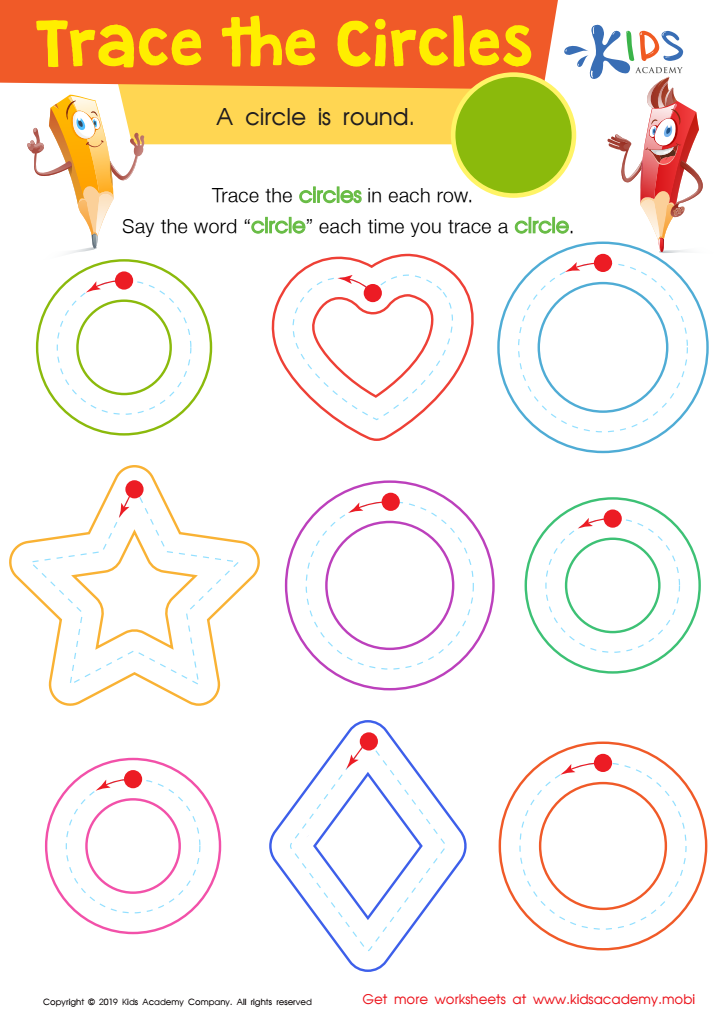

Trace The Circles Worksheet
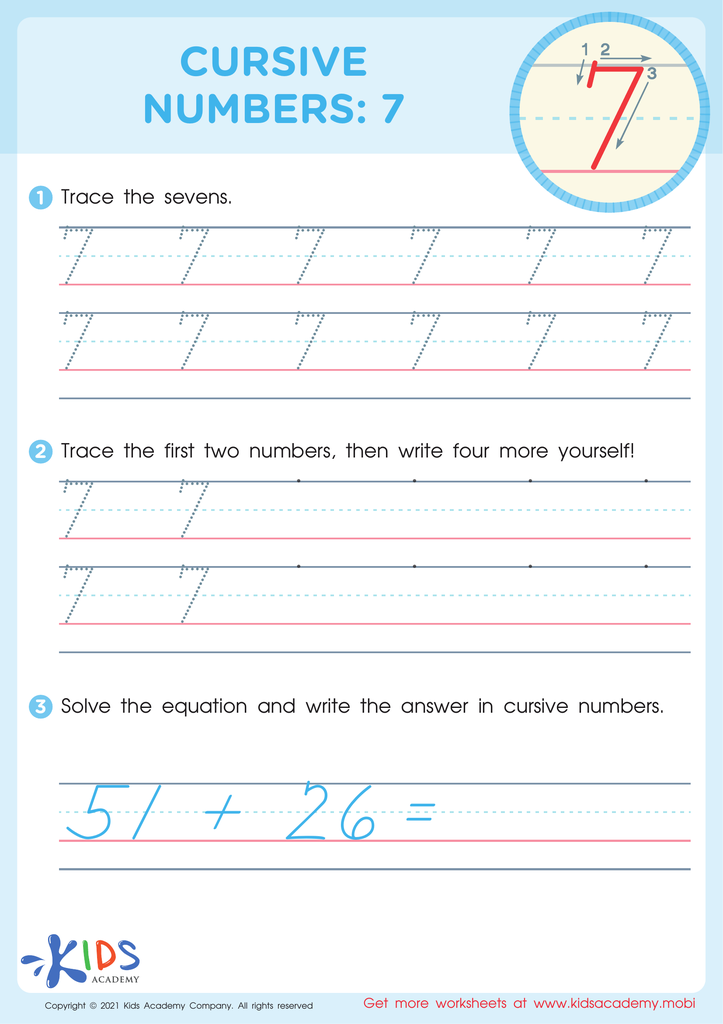

Cursive Numbers: 7 Worksheet
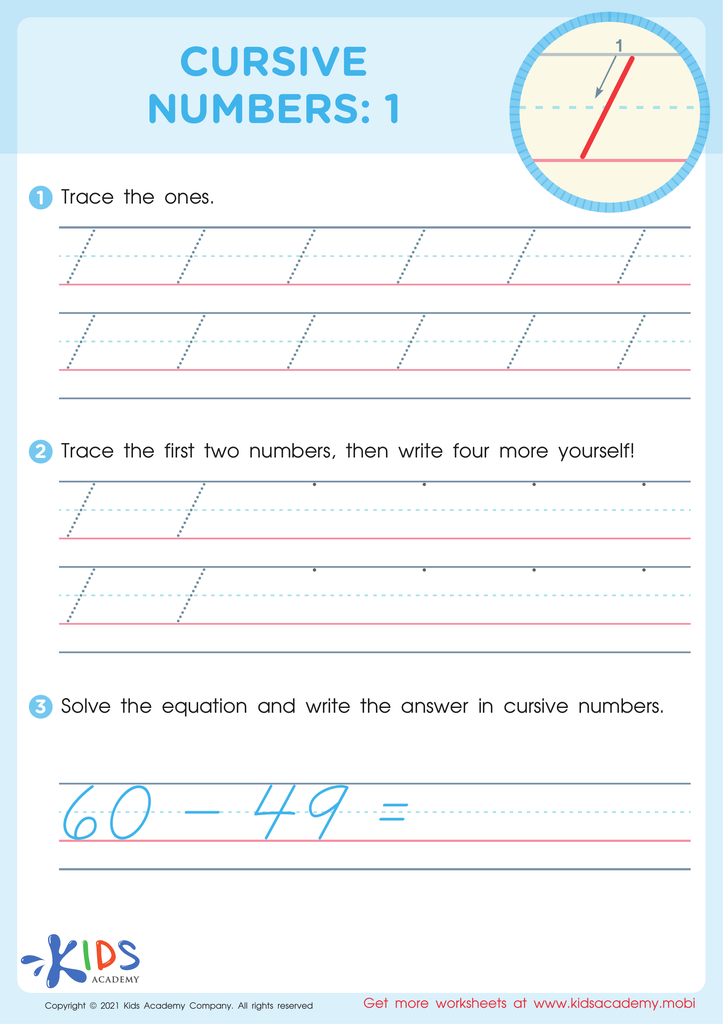

Cursive Numbers: 1 Worksheet
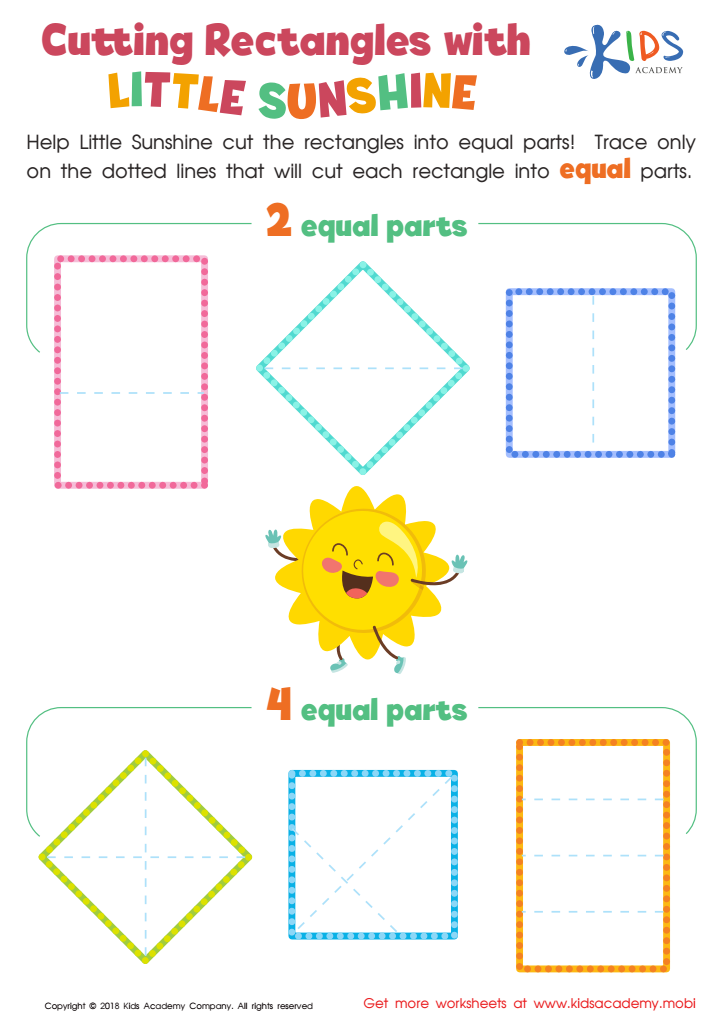

Cutting Rectangles with Little Sunshine Worksheet
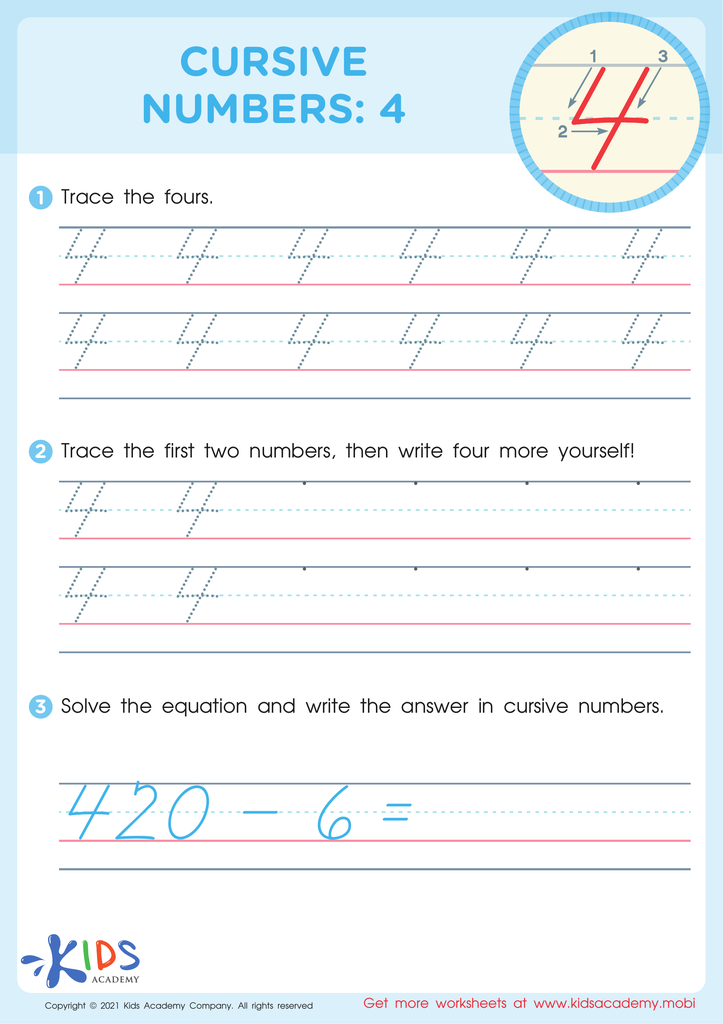

Cursive Numbers: 4 Worksheet
Fine motor skills development is crucial for children aged 3-8 as it lays the foundation for various daily activities, including academic performance, particularly in math. These skills enhance a child's ability to manipulate objects, use writing instruments, and engage in tasks that require hand-eye coordination. When children develop fine motor skills, they gain the dexterity needed for tasks like counting beads, drawing shapes, and eventually writing numbers and letters.
By integrating fine motor skill development with math learning, parents and teachers foster both cognitive and physical growth. Activities such as cutting shapes, tracing numbers, and using counting manipulatives improve coordination while reinforcing mathematical concepts. These hands-on experiences promote engagement and exploration, making learning more enjoyable and impactful.
Furthermore, strong fine motor skills can build confidence, as children become adept at tasks that may initially seem challenging. This boost in self-esteem encourages a positive attitude toward learning. Parents and teachers should prioritize fine motor skills alongside mathematical instruction, as this holistically supports children’s readiness for future academic challenges, enhances their problem-solving abilities, and prepares them for more complex tasks in later grades. Investing in these early developmental stages paves the way for lifelong learning skills.
 Assign to My Students
Assign to My Students
